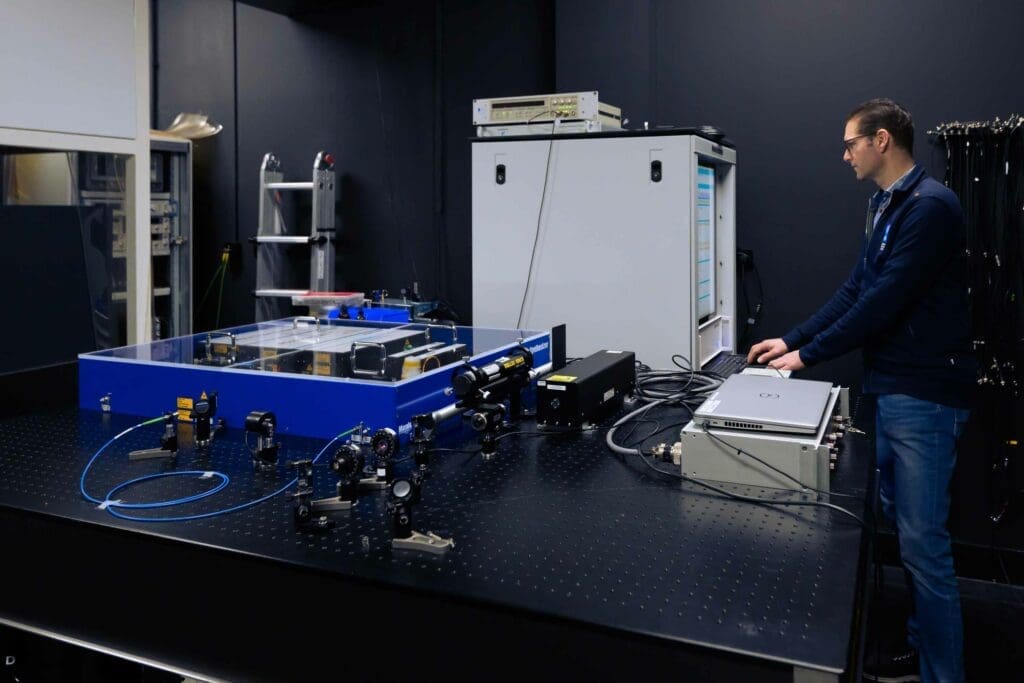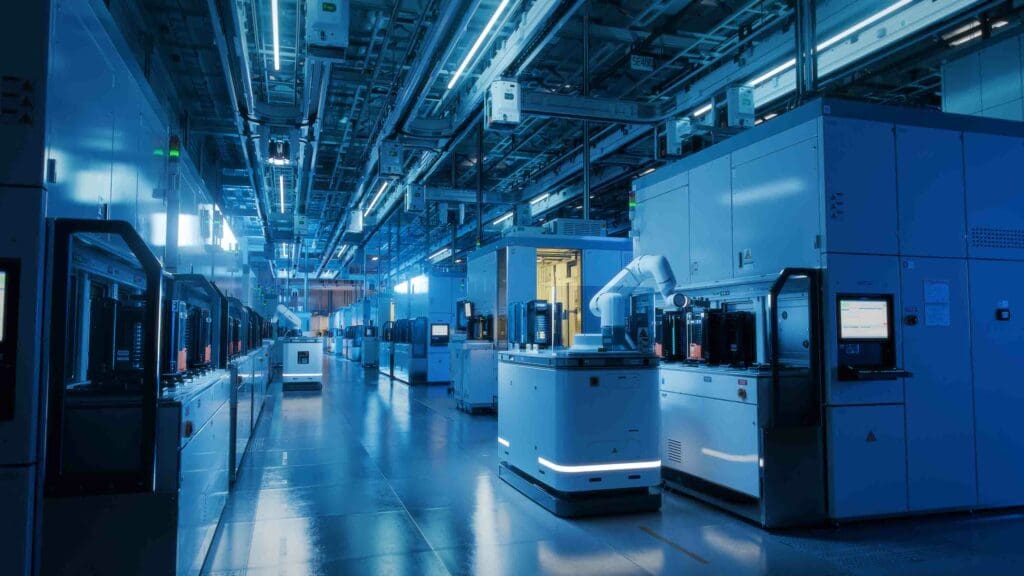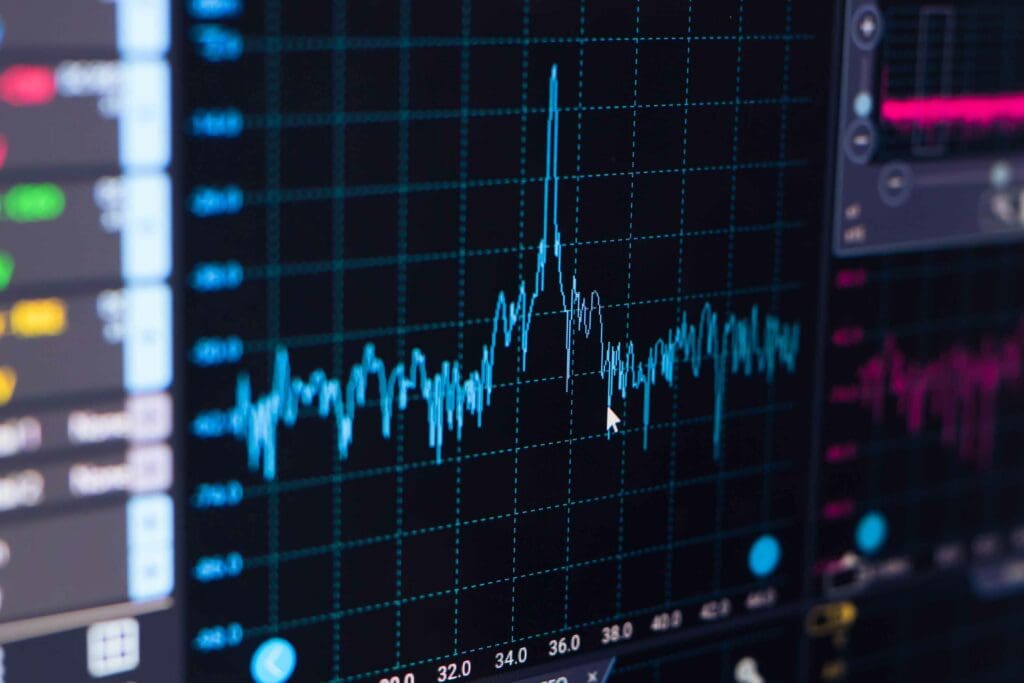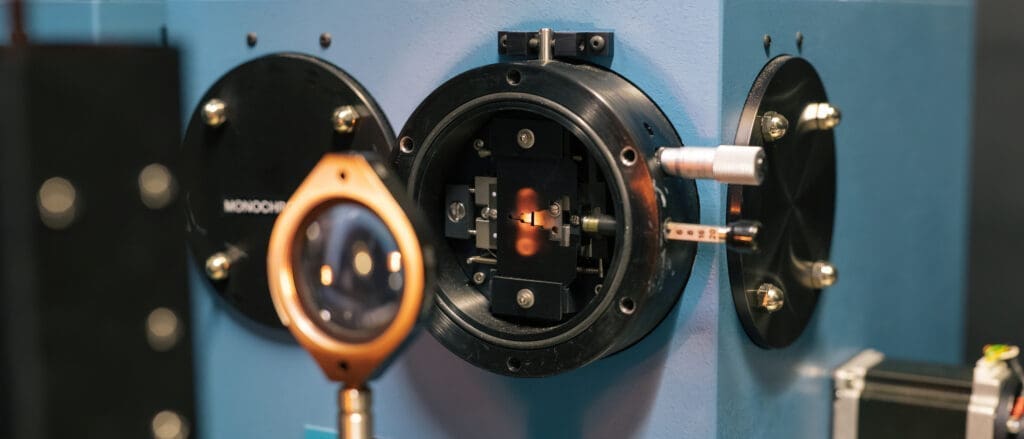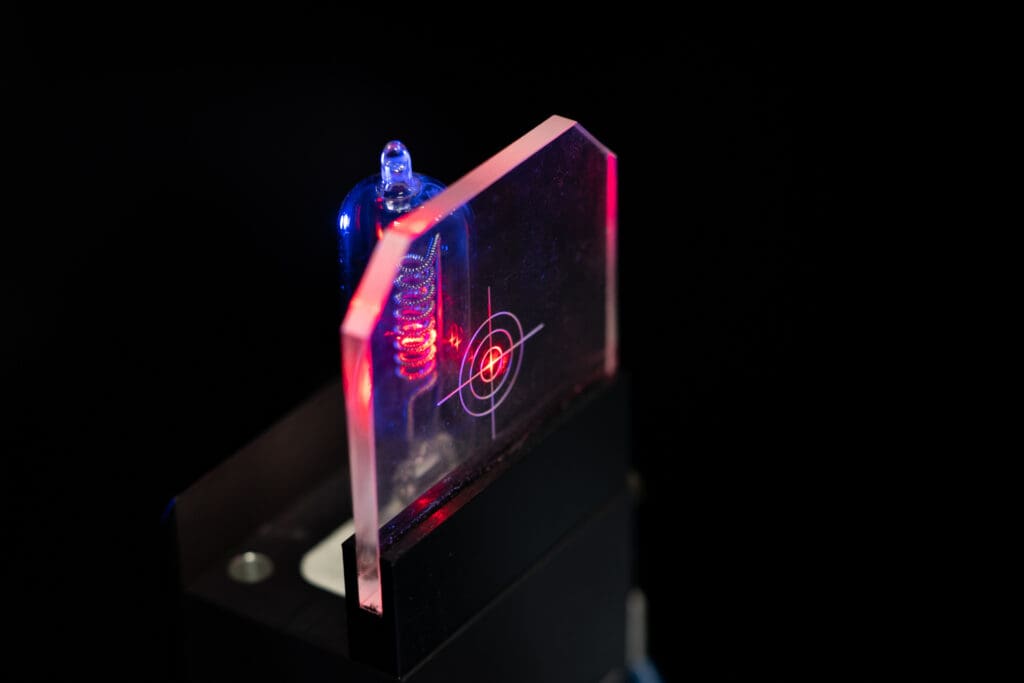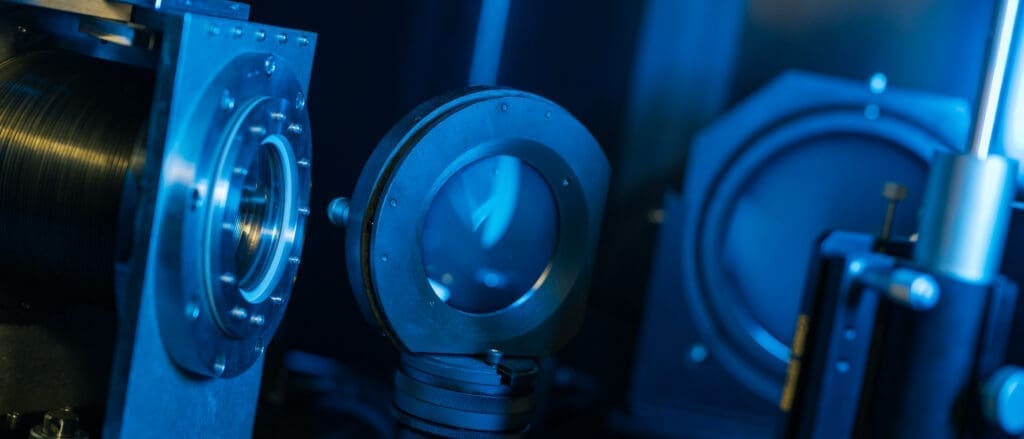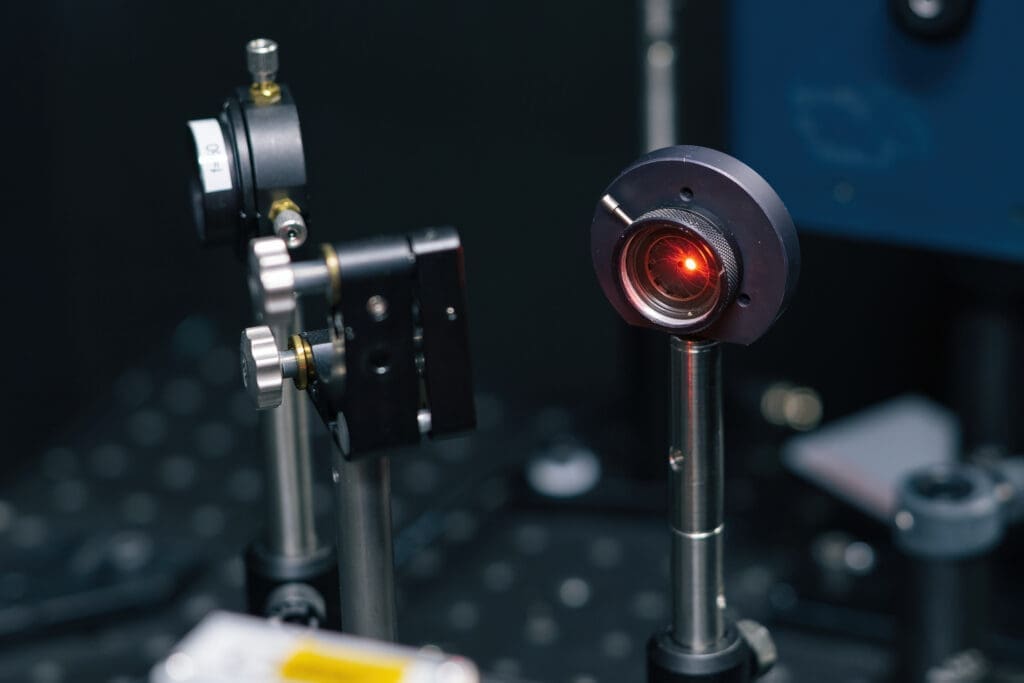Radiometry for Photo-biological safety
Projects
Radiometry for Photo-biological safety
The aim of this project is to develop a SI-traceable calibration service to enable evaluation of photobiological safety of lamps and lamp systems, including LED based sources. The increased number of norms, regulations and guidelines (NEN-EN-IEC 62471, NPR-IEC/TR 62471-2, IEC/TR 62778, etc.) designed to protect workers and general public from potentially adverse effect of broad band optical radiation demands extra attention from manufacturers and affects equally already existing processes and products as well as development of new technology. However, light sources, especially LED based, have a diverse applications (medical field, transport, entertainment industry, etc.), which makes evaluation of potential health risks even more complicated, demanding not only an extensive multidisciplinary knowledge but also certain precision of measurement techniques used. Apart of actual user conditions, the final design of the product, including final housing and/or possible input optics, may lead to over/underestimation of relevant hazards, resulting in not only the possible increase of health risks but also a considerable economic impact on manufacturing companies.
Our role
VSL would develop calibration procedure according to relevant photobiological norms and standards with traceability to SI. The technique is based on spectral radiance and irradiance measurements and calculation of permissible exposure times with corresponding uncertainty budget estimation.
Start date: January 1, 2018
End date: December 31, 2023
“The project receives funding from the Dutch Ministry of Economic Affairs and Climate Policy.”

Would you like to know more about our services?
Our experts are happy to help.
Paul Dekker
Senior Metrologist Length - Optics
Projects
Our expertise in practice
Read more about our projects.







